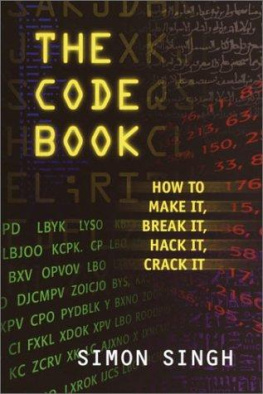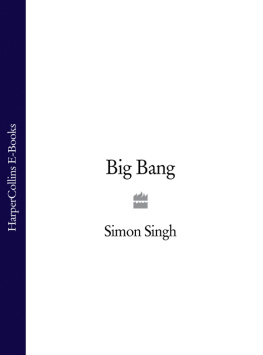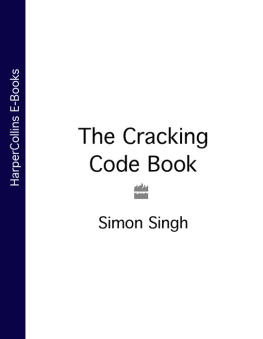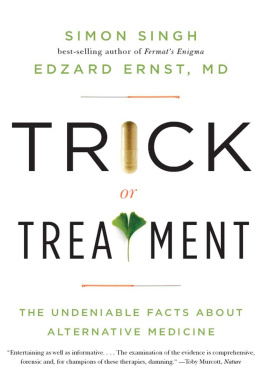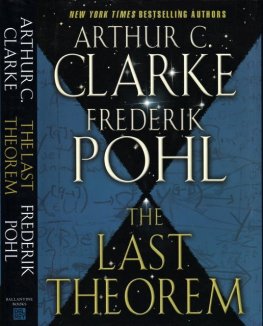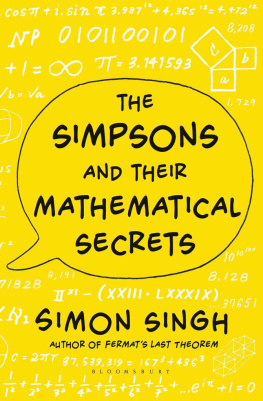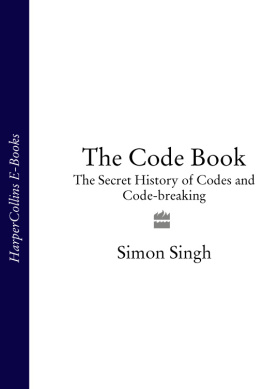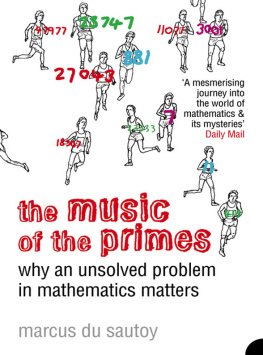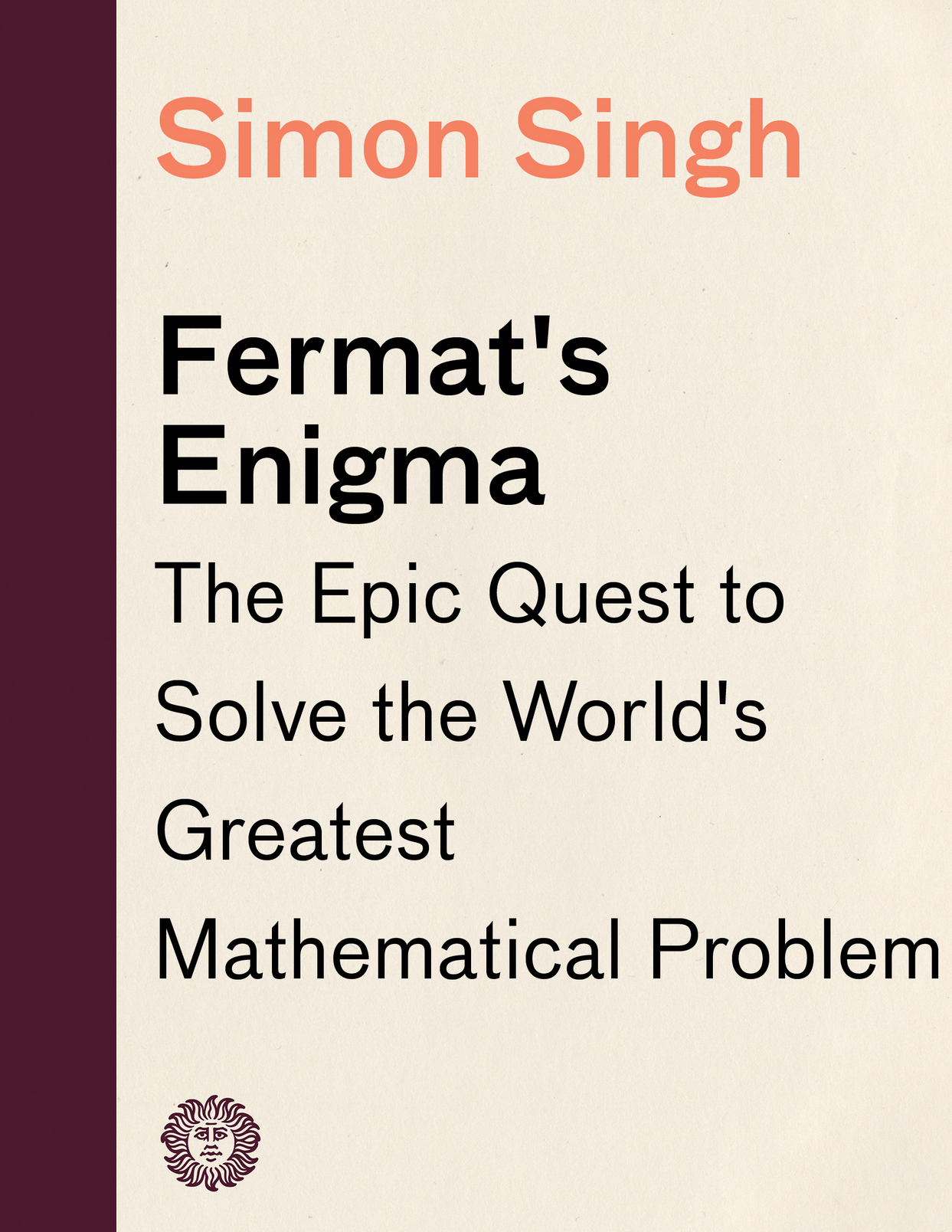Simon Singh received his Ph.D. in physics from the University of Cambridge. A BBC producer, he directed and coproduced an award-winning documentary film on Fermats Last Theorem that aired on PBSs Nova series. He lives in London, England, and is at work on his second book.
All rights reserved under International and Pan-American Copyright Conventions. Published in the United States by Anchor Books, a division of Random House, Inc., New York. Originally published in hardcover in the United States by Walker and Company.
The Anchor Books edition is published by arrangement with Walker and Company.
Anchor Books and colophon are registered trademarks of Random House, Inc.
Singh, Simon.
Fermats enigma : the epic quest to solve the worlds greatest mathematical problem / Simon Singh : foreword by
Anchor Books ed.
p. cm.
Originally published: New York : Walker, 1997.
Includes bibliographical references and index.
1. Fermats last theorem. I. Title.
Foreword
I finally met Andrew Wiles across a room, not crowded, but large enough to hold the entire mathematics department at Princeton. On that particular afternoon, there were not so very many people around, but enough for me to be uncertain as to which one was Wiles. After a few moments I introduced myself to the shy-looking Wiles, who had been listening to the conversation around him and sipping tea.
It was the end of an extraordinary week. I had met some of the finest mathematicians alive, and begun to gain an insight into their world. But despite every attempt to pin down Andrew Wiles, to speak to him, and to convince him to take part in a BBC Horizon documentary film on his achievement, this was our first meeting. This was the man who had recently announced that he had found the holy grail of mathematics; the man who claimed he had proved Fermats Last Theorem. As we spoke, Wiles had a distracted and withdrawn air about him, and although he was polite and friendly, it was clear that he wished me as far away from him as possible. He explained very simply that he could not possibly focus on anything but his work, which was at a critical stage, but perhaps later, when the current pressures had been resolved, he would be pleased to take part. I knew, and he knew I knew, that he was facing the collapse of his lifes ambition, and that the holy grail he had held was now being revealed as no more than a rather beautiful, valuable, but straightforward drinking vessel. He had found a flaw in his heralded proof.
The story of Fermats Last Theorem is unique. By the time I first met Andrew Wiles, I had come to realize that it is truly one of the greatest stories in the sphere of scientific or academic endeavor. I had seen the headlines in the summer of 1993, when the proof had put math on the front pages of national newspapers around the world. At that time I had only a vague recollection of what the Last Theorem was, but saw that it was obviously something very special, and something that had the smell of a Horizon film to it. I spent the next weeks talking to many mathematicians: those closely involved in the story, or close to Andrew, and those who simply shared the thrill of witnessing a great moment in their field. All generously shared their insights into mathematical history, and patiently talked me through what little understanding I could achieve of the concepts involved. Rapidly it became clear that this was subject matter that perhaps only half a dozen people in the world could fully grasp. For a while I wondered if I was insane to attempt to make a film. But from those mathematicians I also learned of the rich history, and the deeper significance of Fermat to mathematics and its practitioners, and that, I realized, was where the real story lay.
I learned of the ancient Greek origins of the problem, and that Fermats Last Theorem was the Himalayan peak of number theory. I was introduced to the aesthetic beauty of mathematics, and I began to appreciate what it is to describe mathematics as the language of nature. Through Wiless contemporaries I grasped the Herculean nature of his work in pulling together all the most recent techniques of number theory to apply to his proof. From his friends at Princeton I heard of the intricate progress of Andrews years of isolated study. I built up an extraordinary picture around Andrew Wiles, and the puzzle that dominated his life.
Although the math involved in Wiless proof is some of the toughest in the world, I found that the beauty of Fermats Last Theorem lies in the fact that the problem itself is supremely simple to understand. It is a puzzle that is stated in terms familiar to every schoolchild. Pierre de Fermat was a man in the Renaissance tradition, who was at the center of the rediscovery of ancient Greek knowledge, but he asked a question that the Greeks would not have thought to ask, and in so doing produced what became the hardest problem on earth for others to solve. Tantalizingly, he left a note for posterity suggesting that he had an answer, but not what it was. That was the beginning of the chase that lasted three centuries.
That time span underlies the significance of this puzzle. It is hard to conceive of any problem, in any discipline of science, so simply and clearly stated that could have withstood the test of advancing knowledge for so long. Consider the leaps in understanding in physics, chemistry, biology, medicine, and engineering that have occurred since the seventeenth century. We have progressed from humors in medicine to gene-splicing, we have identified the fundamental atomic particles, and we have placed men on the moon, but in number theory Fermats Last Theorem remained inviolate.
For some time in my research I looked for a reason why the Last Theorem mattered to anyone but a mathematician, and why it would be important to make a program about it. Mathematics has a multitude of practical applications, but in the case of number theory the most exciting uses that I was offered were in cryptography, in the design of acoustic baffling, and in communication from distant spacecraft. None of these seemed likely to draw in an audience. What was far more compelling were the mathematicians themselves, and the sense of passion that they all expressed when talking of Fermat.
Mathematics is one of the purest forms of thought, and to outsiders mathematicians may seem almost otherworldly. The thing that struck me in all my discussions with them was the extraordinary precision of their conversation. A question was rarely answered immediately. Instead, I would often have to wait while the precise structure of the answer was resolved in the mind, but it would then emerge, as articulate and careful a statement as I could have wished for. When I tackled Andrews friend Peter Sarnak on this, he explained that mathematicians simply hate to make a false statement. Of course they use intuition and inspiration, but formal statements have to be absolute. Proof is what lies at the heart of math, and is what marks it out from other sciences. Other sciences have hypotheses that are tested against experimental evidence until they fail, and are overtaken by new hypotheses. In math, absolute proof is the goal, and once something is proved, it is proved forever, with no room for change. In the Last Theorem, mathematicians had their greatest challenge of proof, and the person who found the answer would receive the adulation of the entire discipline.


